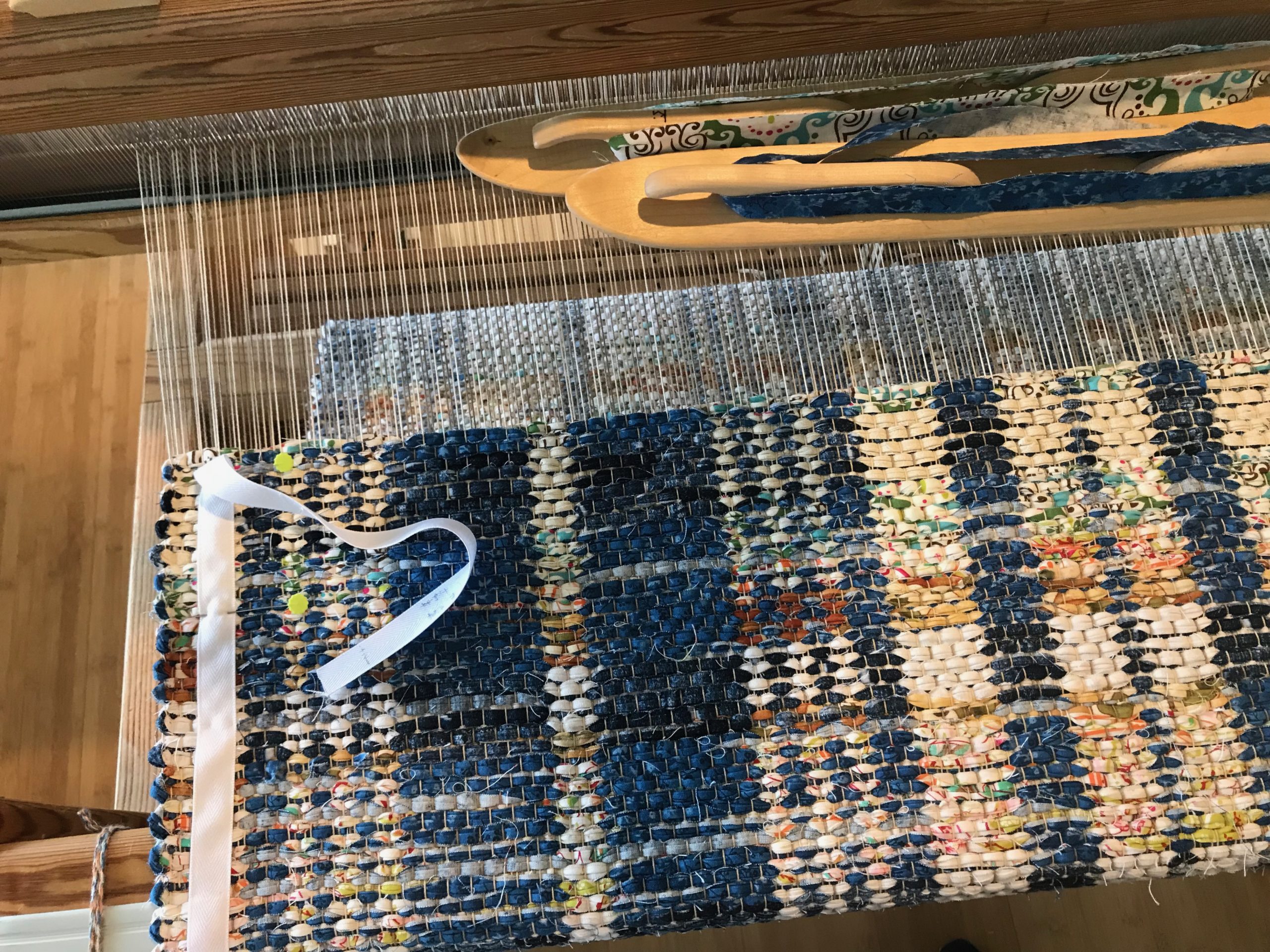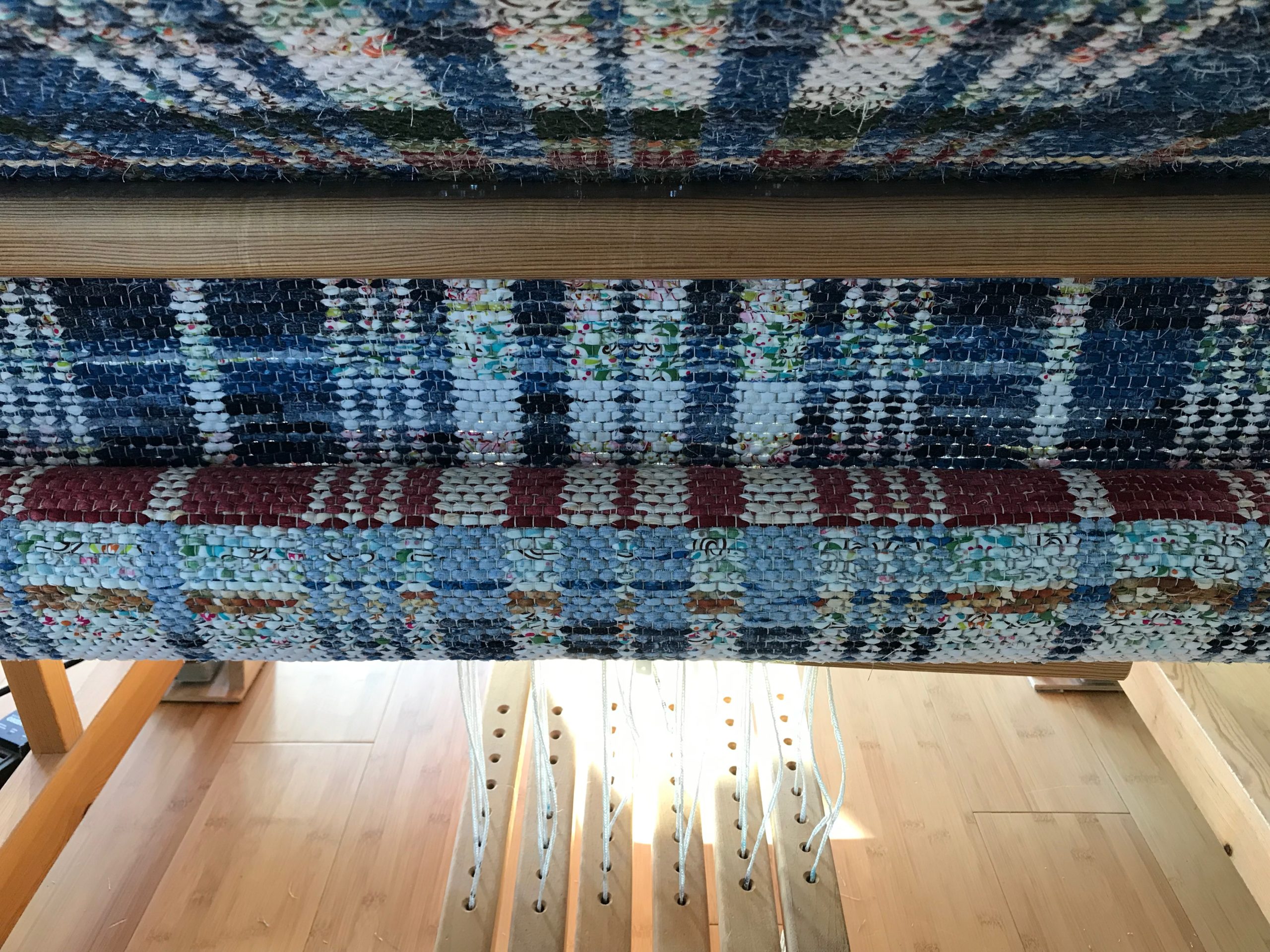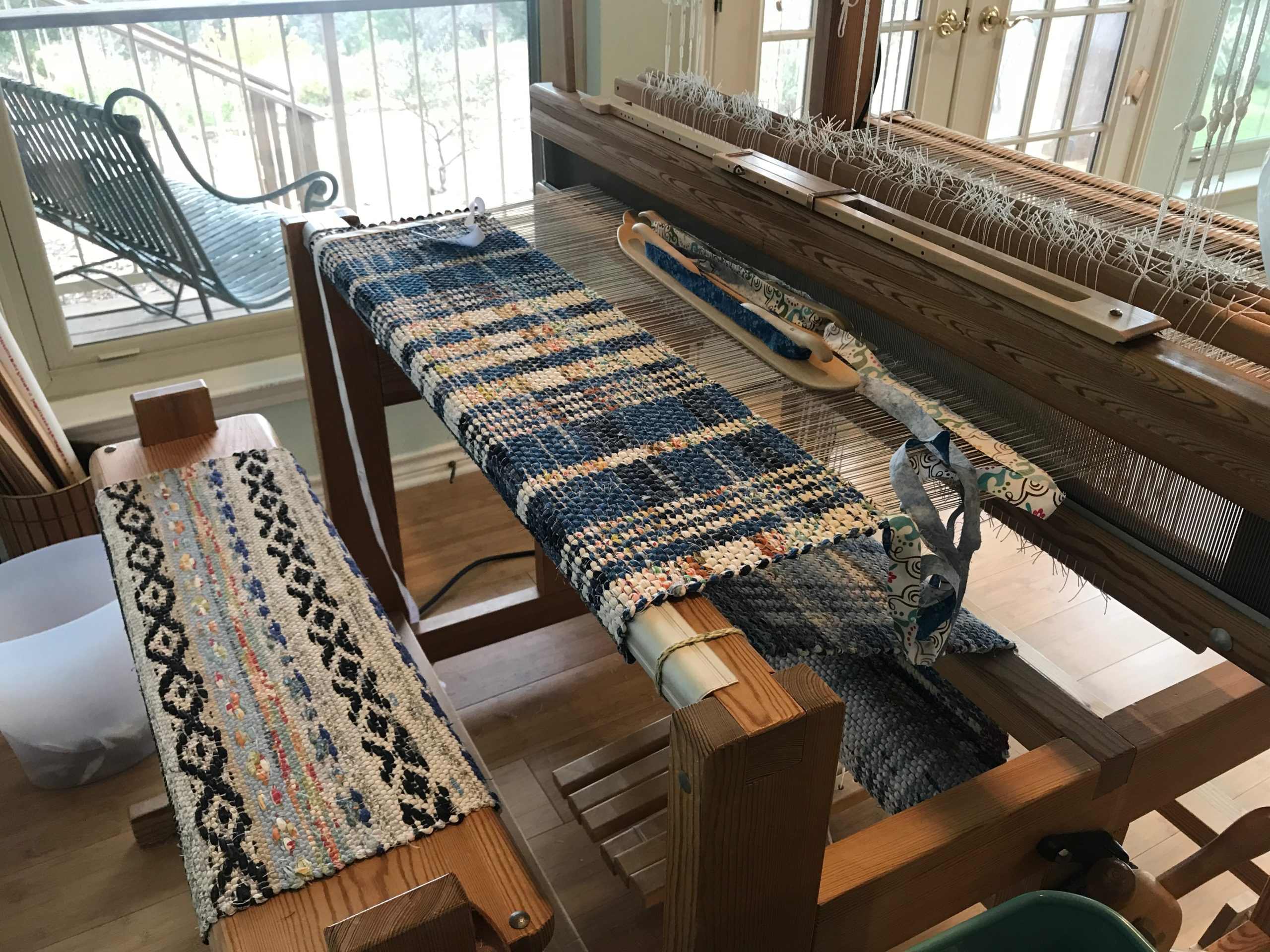Armadillo, fox, porcupine, jackrabbit, and deer are leading the critter parade. The twelve napkins will include the most common, the most interesting, and the most unusual animals that visit our backyard here in Texas Hill Country. The white-tailed deer are the most common, by far.
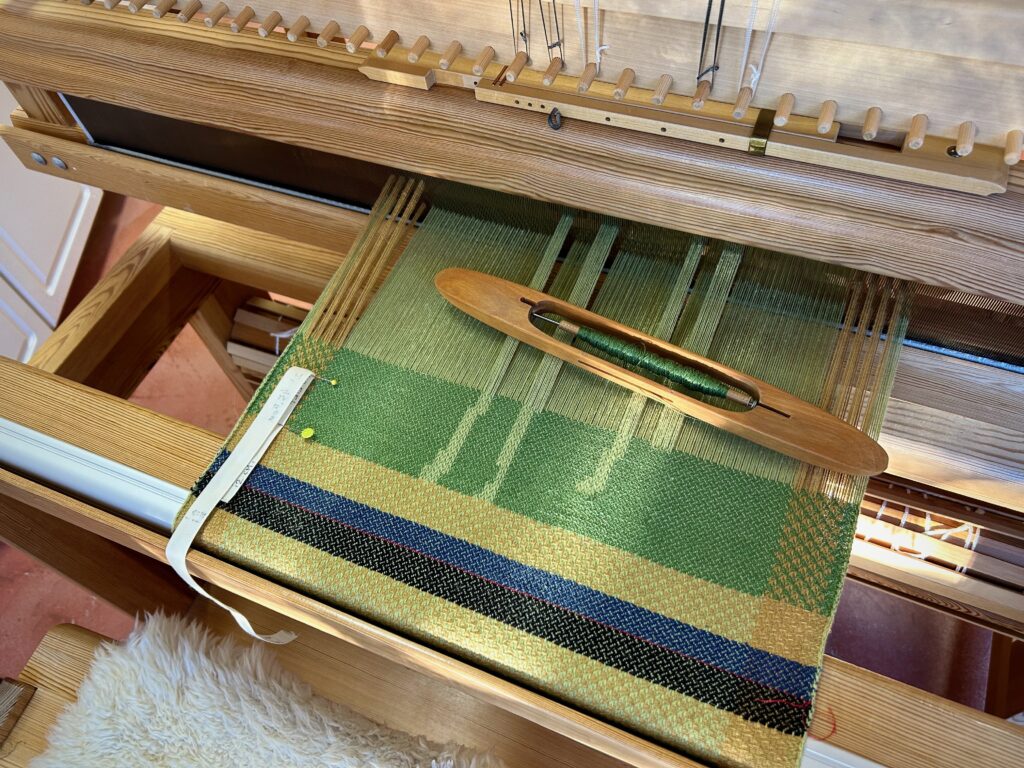
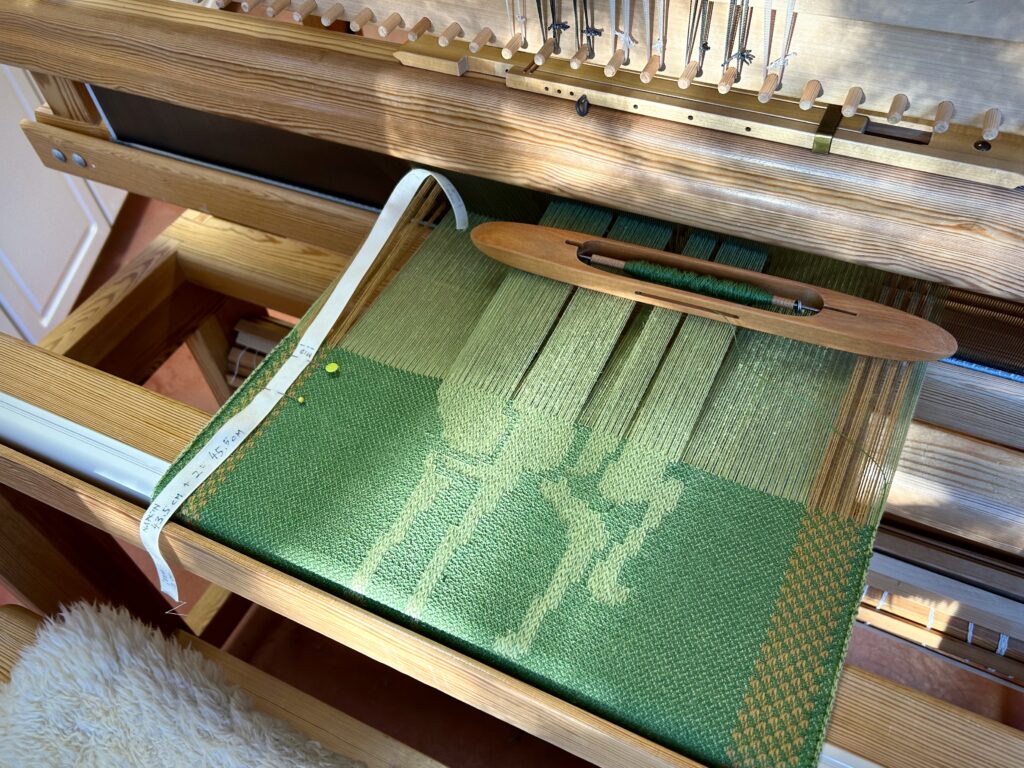
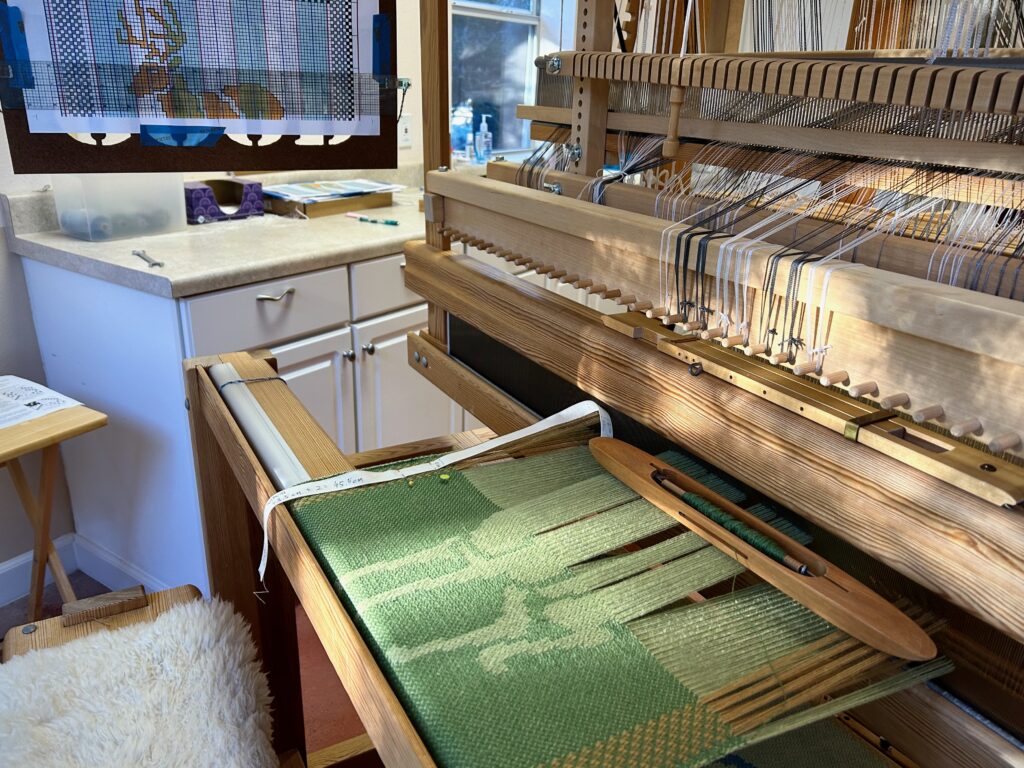
This white-tailed buck is one that Steve photographed on our property. I use Affinity Designer on my computer to turn a photo into a silhouette that I can use for my drawloom chart. It is a thrill to see the image emerge in the threads on the loom. From animal in our yard, to photo, to graphic chart, to threads on the loom! The common is made extraordinary.
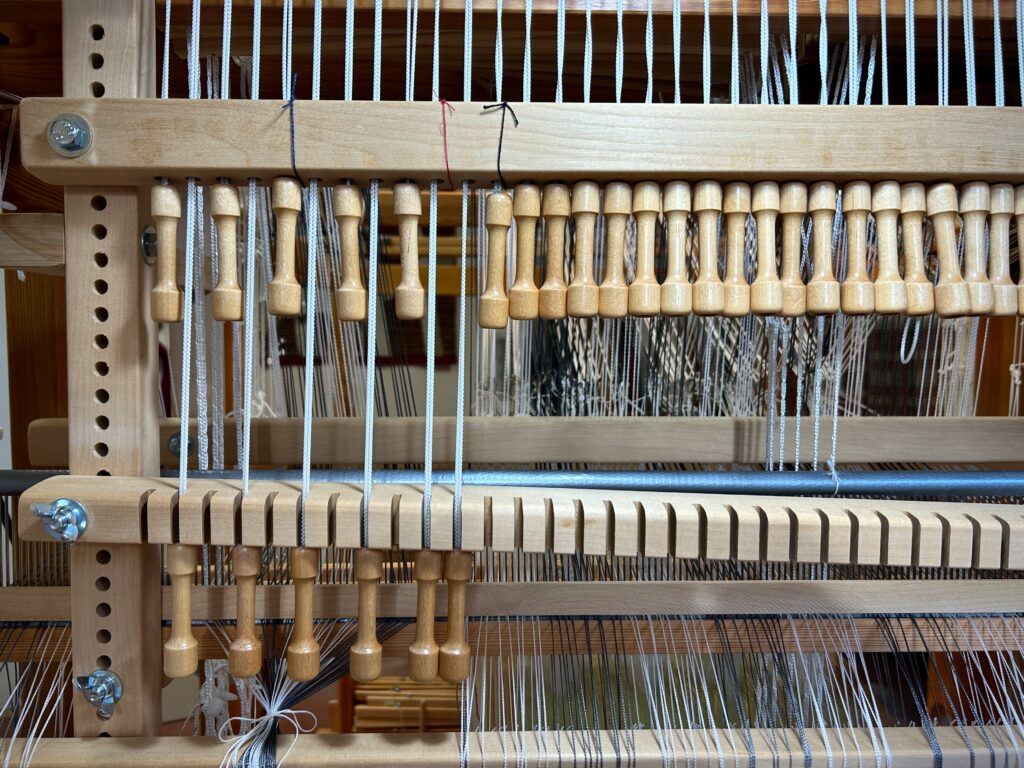
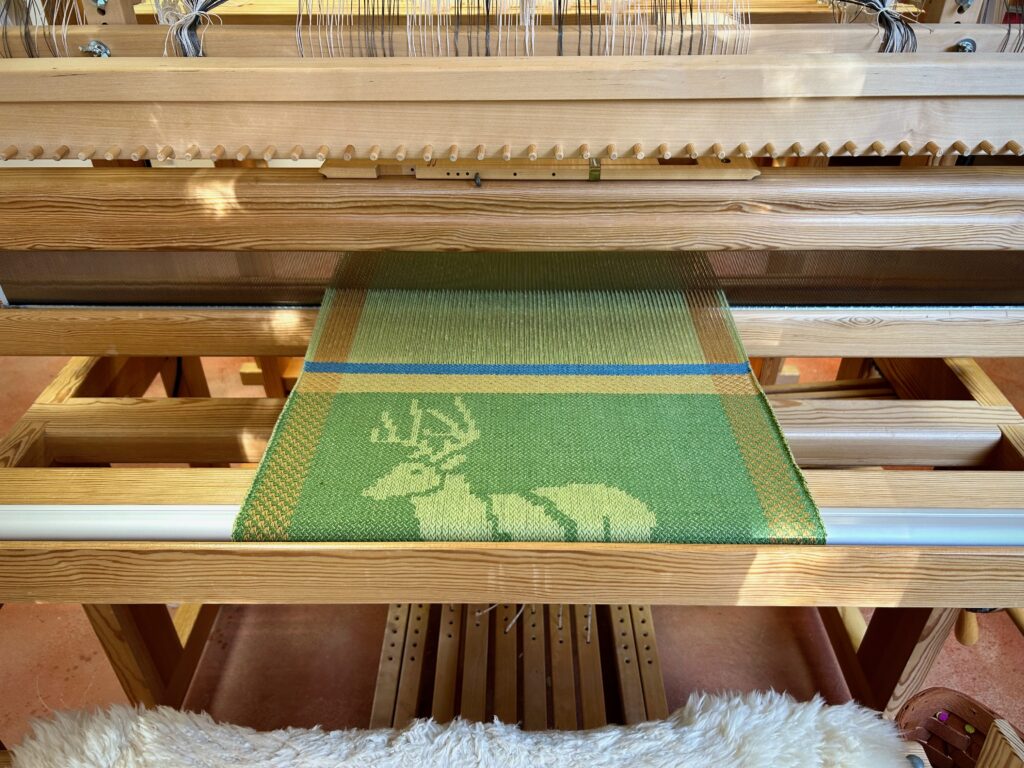
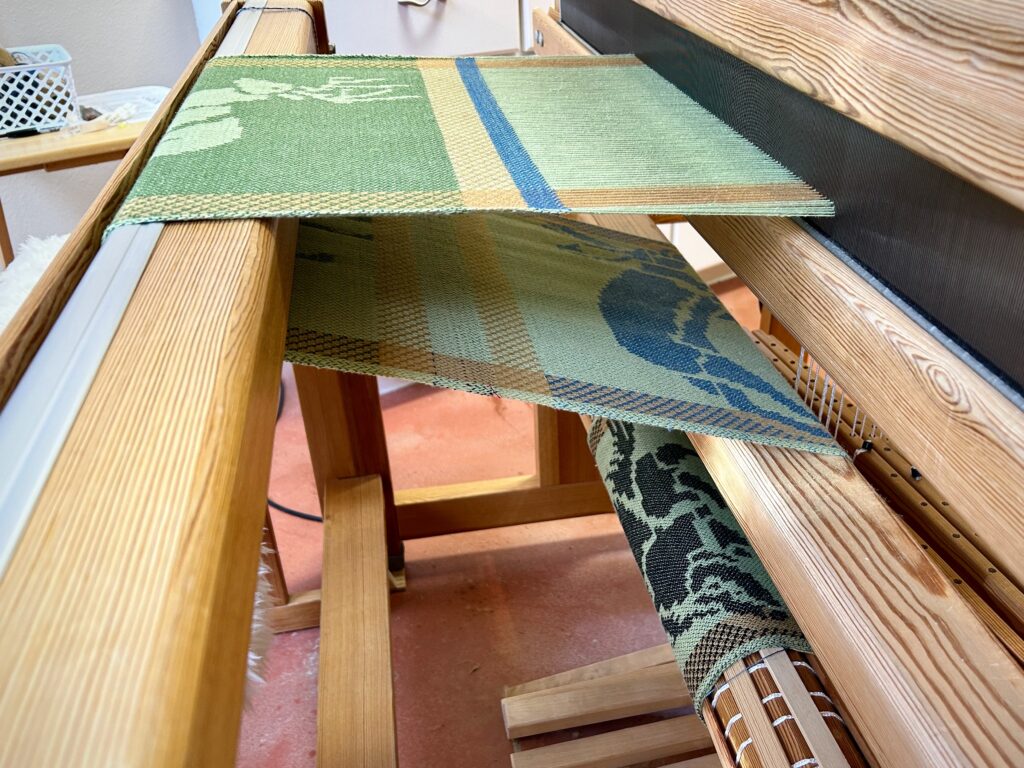
Even more extraordinary is what our Lord Jesus does with a common human like you or me who puts faith in him. As you look at the threads on his loom, you begin to see that it is his image being woven in you.
May your days be extraordinary.
Happy New Year,
Karen

